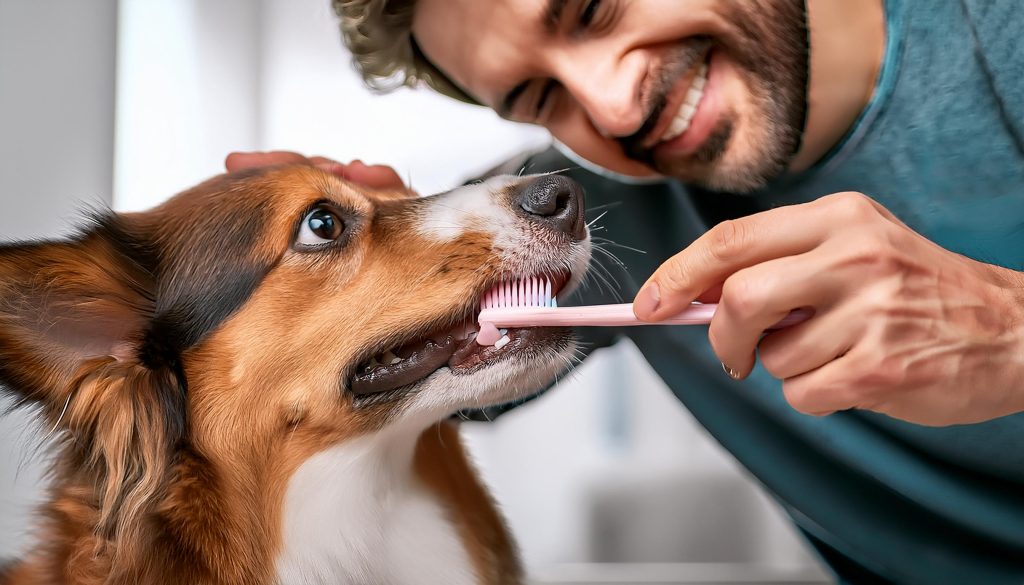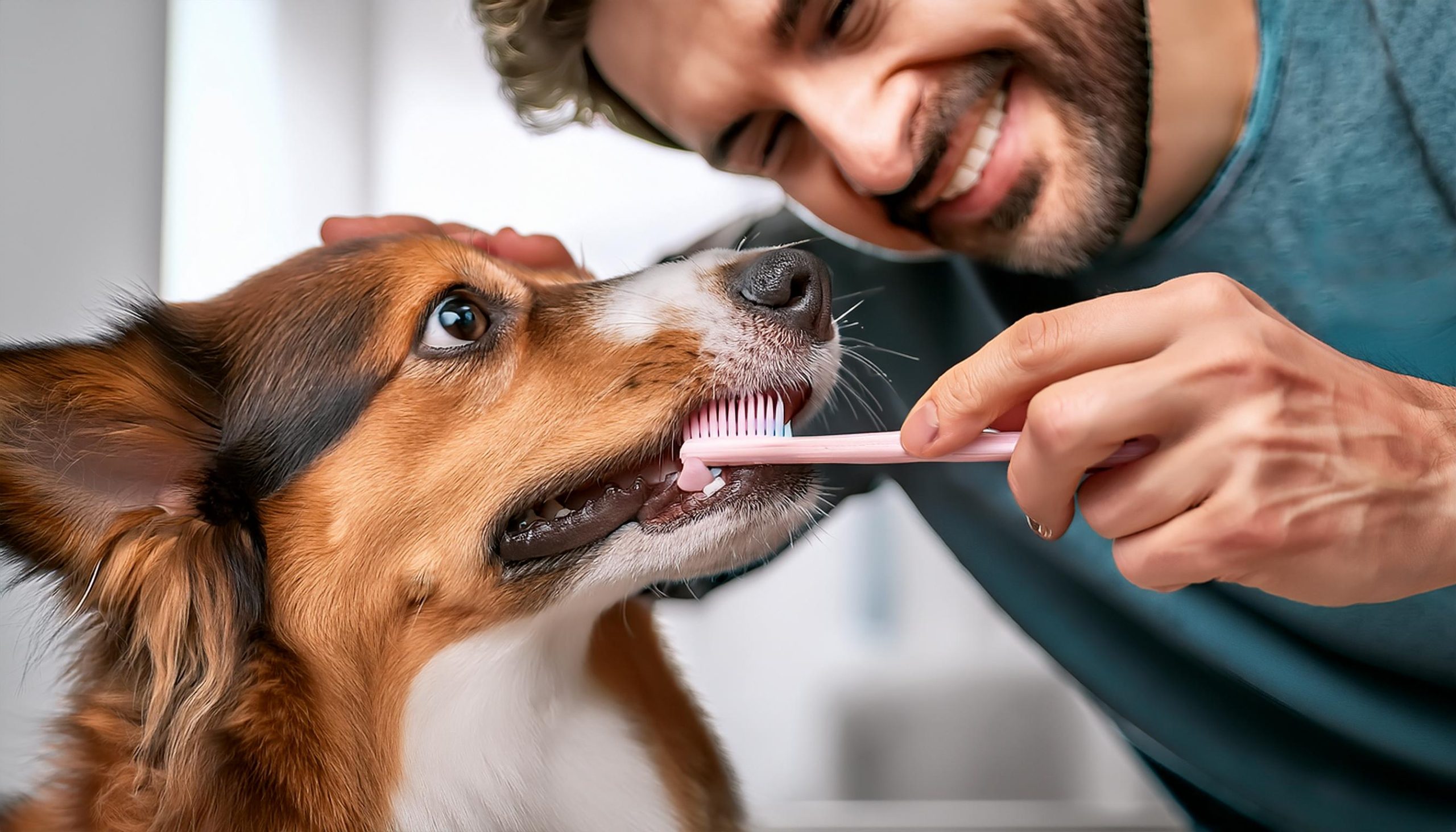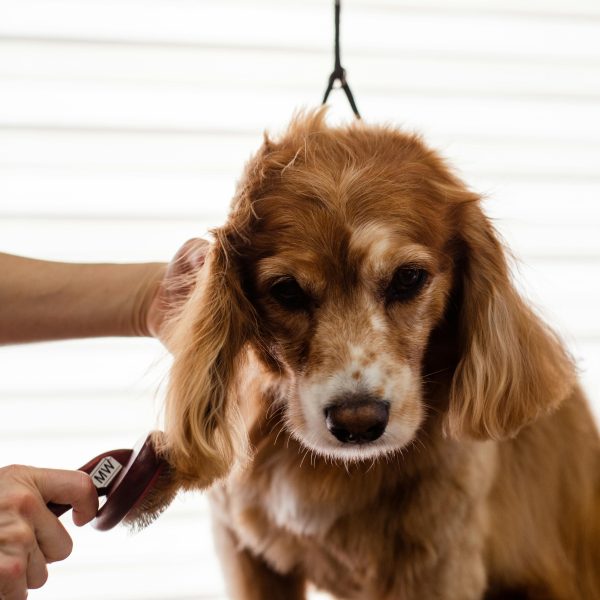Maintaining your pet’s dental health is crucial to its overall well-being. Just like in humans, good oral hygiene in pets can prevent a range of health issues, from gum diseases and tooth decay to more serious conditions like heart disease. Regular tooth brushing is a simple and effective way to keep your pet’s mouth clean and healthy.
Why Brushing Matters
Many pet owners overlook the importance of oral care, assuming that bad breath or occasional gum redness is normal. However, these can be early signs of dental disease. Without proper care, plaque can accumulate on your pet’s teeth, hardening into tartar and leading to gum inflammation (gingivitis). If left untreated, this can progress to periodontal disease, causing pain, tooth loss, and potentially leading to infections that spread to other organs.
Choosing the Right Tools
The first step in pet dental care is preparing the right tools for the job. You’ll need a pet toothbrush and pet toothpaste. Human toothpaste contains substances that are toxic to your pets, such as fluoride, so it’s essential to use toothpaste made specifically for them. These usually come in flavors your pets will love, such as poultry or peanut butter, which can make the process more pleasant for your furry friend.
Canine toothbrushes are usually smaller with softer bristles to accommodate their mouths. For smaller pets or those resistant to brushing, a finger brush may be easier to use. These slip over your finger, allowing for greater control and access to harder-to-reach areas.
How to Brush Your Pet’s Teeth
Start by gradually introducing your pet to the toothbrush and toothpaste. Allow them to sniff and lick the toothpaste to get used to the taste. Begin the brushing process slowly, focusing on the outer surfaces of the teeth where plaque typically accumulates. Use circular motions with your finger or brush in a gentle manner; be patient, as this might be a new experience for your pet.
Aiming to brush 2-3 times a week is a good start, but if possible, aim for daily brushing. The more frequently you brush, the more comfortable and cooperative your pet will become. Consistency is key to preventing dental diseases and maintaining healthy teeth for life.
Additional Dental Care Tips
In addition to regular brushing, there are other ways to support your pet’s dental health. Dental chews and toys can help reduce plaque and tartar through the mechanical action of chewing. These products often contain enzymes or other ingredients that promote oral health. Regular check-ups with your vet are also essential. Your veterinarian can monitor your pet’s dental health during visits and may recommend professional cleanings if needed. Professional cleanings, performed under anesthesia, allow the vet to thoroughly clean your pet’s teeth, including below the gum line, where brushing alone cannot reach.
Identifying the Signs of Dental Problems
Even with routine maintenance, it’s important to watch for signs that dental issues may be developing. Look out for persistent bad breath, difficulty eating, pawing at the mouth, and visible abnormalities such as yellow or brown teeth or red gums. If you notice any of these symptoms, contact your veterinarian immediately.
Regular brushing, dental treats, and professional care are essential for preventing painful dental conditions and ensuring your pet’s overall health and longevity. By incorporating these practices into your pet care routine, you can keep your pet happy, healthy, and full of smiles.








